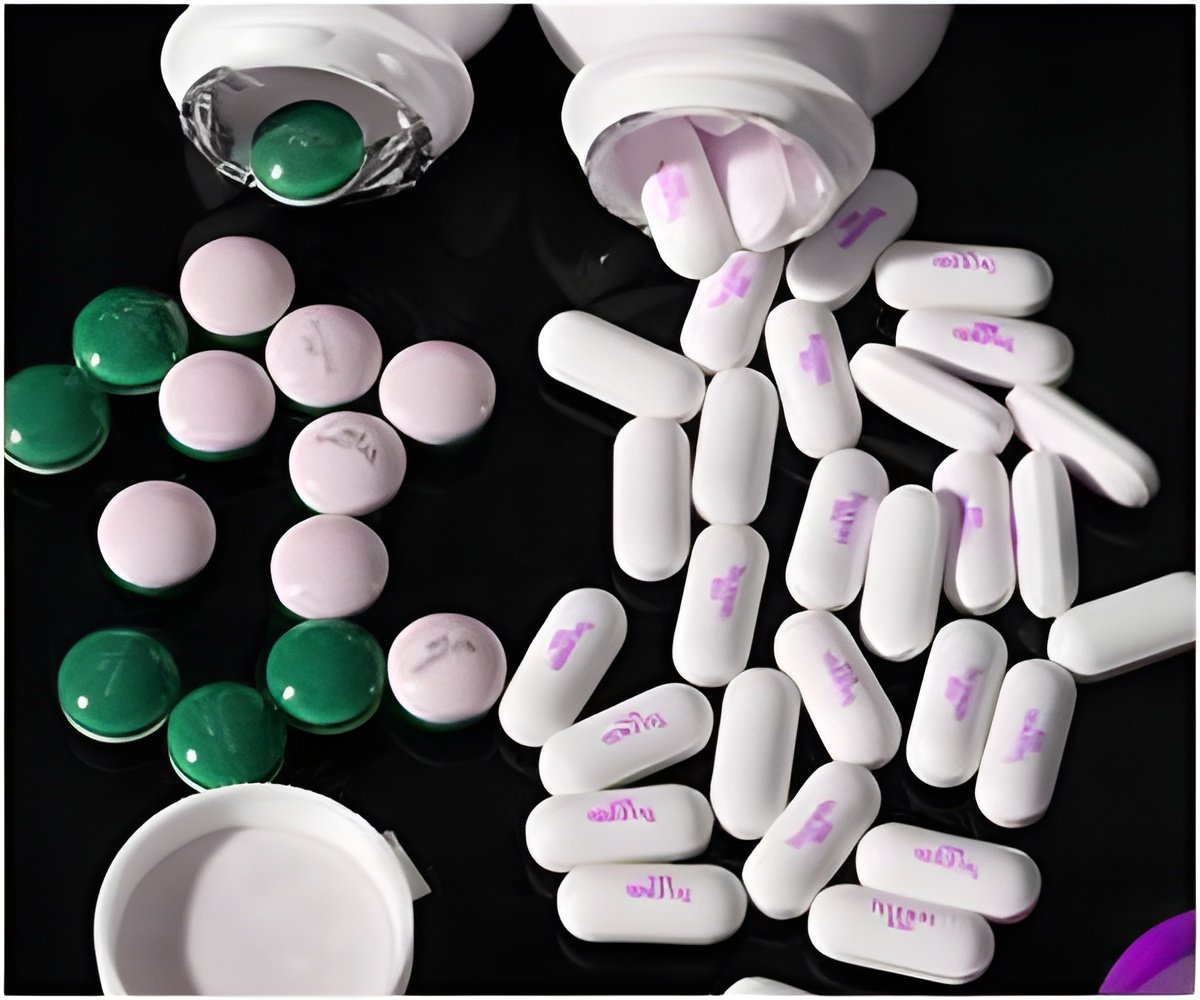
The study found that PharmaNet, a real-time prescription system implemented in BC pharmacies in July 1995, reduced potentially inappropriate prescriptions for opioids and benzodiazepines in two groups of patients — those on social assistance and seniors. The reductions ranged from about one-third (33%) to one-half (49%) depending on the drug and patient group.
"Our study demonstrates that a system like PharmaNet can help reduce the potentially inappropriate prescribing of medications that are prone to misuse," said lead author Colin Dormuth of the Therapeutics Initiative at the University of British Columbia. "In the five-year period of our study, the reduction in inappropriate refills was dramatic and sustained after the implementation of PharmaNet."
The PharmaNet system allows BC pharmacists to view the most recent 14 months of a patient's medication use regardless of which physician prescribed the drugs or which pharmacy dispensed them. The system enables pharmacists to identify potentially harmful drug interactions, accidental duplications in therapy or potential prescription drug misuse.
Researchers tracked "potentially inappropriate" prescriptions for opioids and benzodiazepines in BC, defined as a second prescription for the same drug issued by a different doctor and a different pharmacy within 7 days of a previous prescription for at least 30 tablets.
Benzodiazepines and opioid analgesics are prescription medications that are prone to misuse and addiction in some patients. Benzodiazepines include sedatives and anti-anxiety drugs such as diazepam, lorazepam and others, whereas opioids are taken for pain relief and include morphine, codeine, oxycodone and other drugs.
Advertisement
"Centralized drug information systems and monitoring programs are critical to help ensure these medications are used appropriately," observes coauthor David Juurlink, Head of Clinical Pharmacology and Toxicology at Toronto's Sunnybrook Health Sciences Centre and a scientist at the Institute for Clinical and Evaluative Sciences (ICES).
Advertisement
Source-Eurekalert










